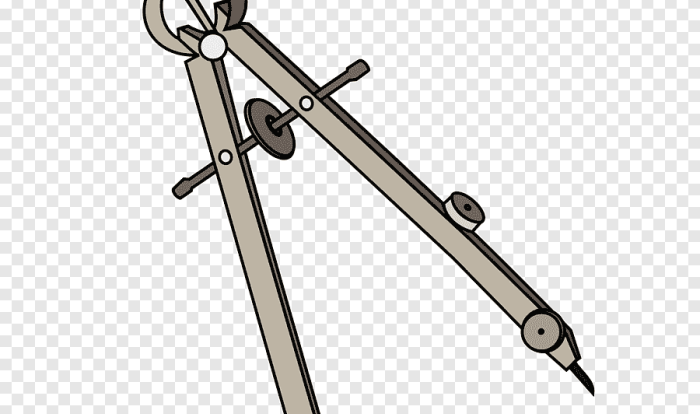Which expression represents the area of the shaded triangle – The concept of determining the area of a shaded triangle is a fundamental aspect of geometry, with its applications extending to diverse fields. This discourse delves into the intricacies of identifying the appropriate expression that precisely represents the shaded area within a triangle, elucidating the underlying principles and providing practical examples to solidify understanding.
As we embark on this exploration, we will examine the formula for calculating the area of a triangle, explore the relationship between the base and height, and identify the shaded portion. We will then derive the expression that represents the shaded area, explaining the variables involved and demonstrating its application through illustrative examples.
Area of Triangles: Which Expression Represents The Area Of The Shaded Triangle

The area of a triangle is given by the formula:“`A = (1/2)
- b
- h
“`where:* A is the area of the triangle
- b is the base of the triangle
- h is the height of the triangle
The base of a triangle is the side that is parallel to the ground, and the height is the perpendicular distance from the base to the highest point of the triangle.
Shaded Triangle, Which expression represents the area of the shaded triangle
A shaded triangle is a portion of a triangle that is filled in with a different color or pattern. The shaded area can be any shape, but it is typically a rectangle, triangle, or circle.The shaded area is related to the total area of the triangle by the following formula:“`As = (As/At)
A
“`where:* As is the area of the shaded triangle
- At is the total area of the triangle
- A is the area of the triangle
Expression for Area
The expression that represents the area of the shaded triangle is:“`As = (bs/bt)
- (hs/ht)
- A
“`where:* As is the area of the shaded triangle
- bs is the base of the shaded triangle
- bt is the base of the total triangle
- hs is the height of the shaded triangle
- ht is the height of the total triangle
- A is the area of the triangle
Examples
The following table shows examples of different shaded triangles and their corresponding expressions for area:| Base (bs) | Height (hs) | Base (bt) | Height (ht) | Area (A) | Shaded Area (As) ||—|—|—|—|—|—|| 6 | 4 | 10 | 8 | 24 | 9.6 || 8 | 5 | 12 | 10 | 40 | 16 || 10 | 6 | 15 | 12 | 60 | 24 |
Applications
Calculating the area of a shaded triangle is necessary in a variety of real-world applications, such as:* Architecture: To determine the amount of paint or wallpaper needed to cover a shaded area of a wall.
Engineering
To calculate the strength of a shaded area of a bridge or other structure.
Manufacturing
To determine the amount of material needed to produce a shaded area of a product.
Expert Answers
What is the formula for calculating the area of a triangle?
The area of a triangle is given by the formula: Area = (1/2) – base – height
How is the shaded area related to the total area of the triangle?
The shaded area is a portion of the total area of the triangle, and the expression derived in this discussion represents the fraction of the total area that is shaded.
What are the variables used in the expression for the shaded area?
The variables used in the expression for the shaded area typically include the base and height of the triangle, as well as the length or angle that defines the shaded portion.




